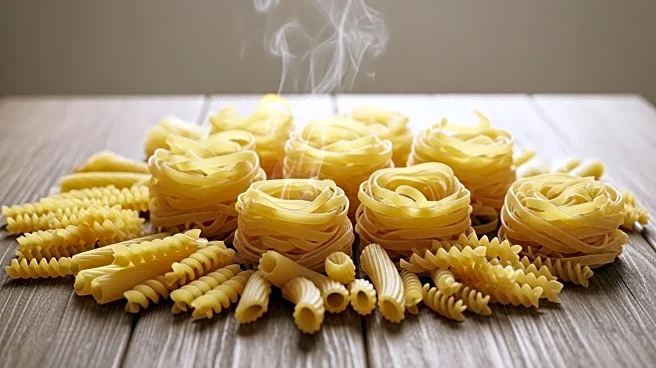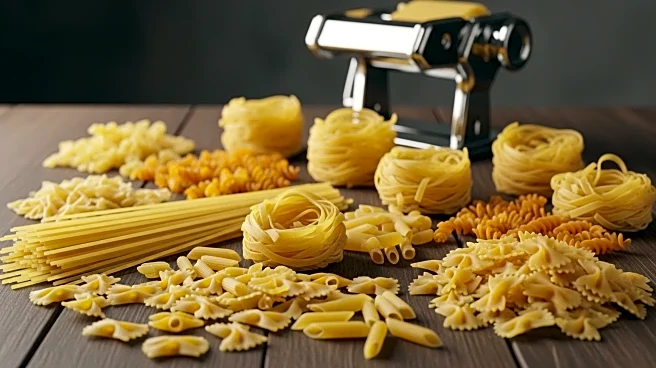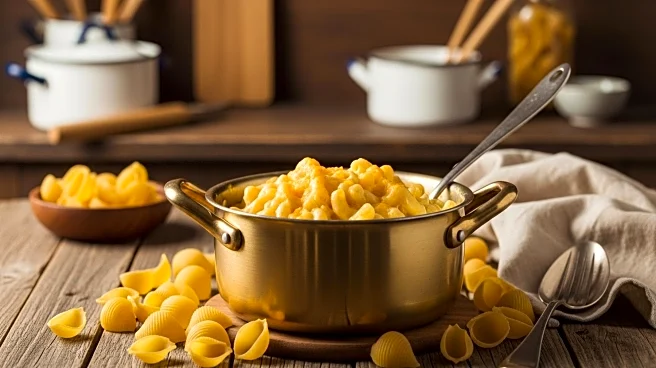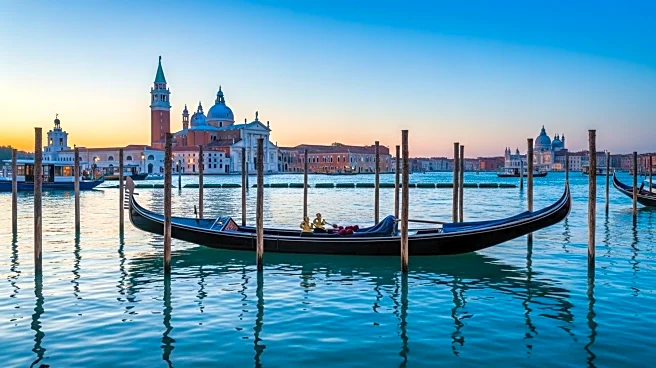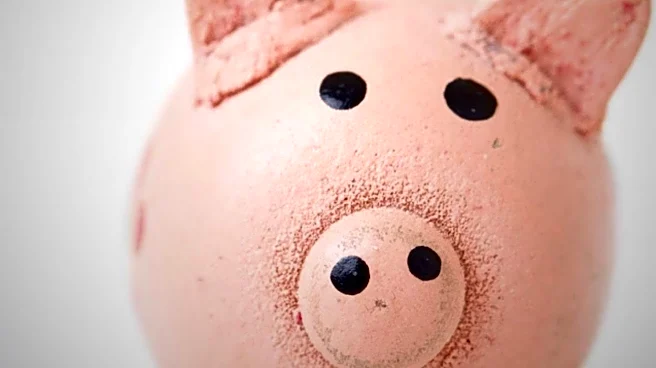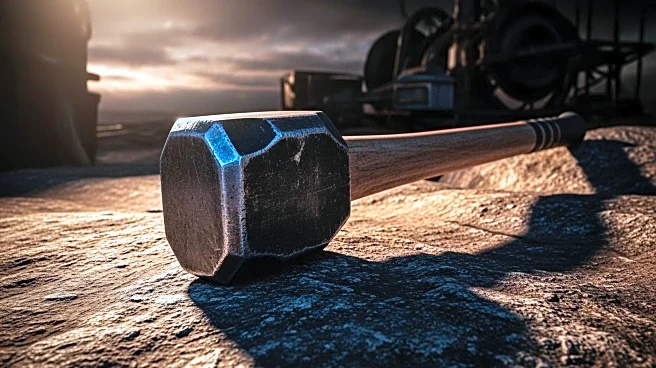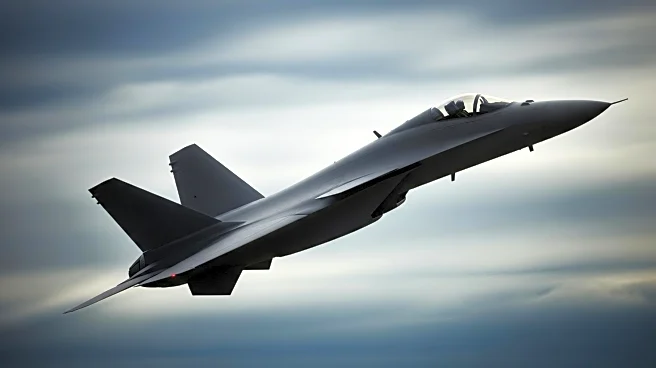What is the story about?
Pasta is a staple food in Italian cuisine, made primarily from flour, water, and sometimes eggs. It is known for its versatility and comes in various shapes and sizes, each serving a unique culinary purpose. The origins of pasta can
be traced back to ancient times, with evidence suggesting its presence in both Italy and China. Today, pasta is enjoyed worldwide and is a key ingredient in many dishes.
from durum wheat flour mixed with water or eggs, forming a dough that is then shaped into various forms. The dough can be extruded, rolled, or cut into different shapes, such as spaghetti, macaroni, and lasagna. Pasta is often boiled and served with a variety of sauces, making it a versatile dish suitable for different tastes and preferences.
factory in Venice. This marked a significant development in pasta manufacturing, allowing for mass production and distribution. The Buitoni mechanical pasta factory, founded in 1827, is recognized as the oldest in the world, showcasing the long-standing tradition of pasta production.
boiled and bread is baked, pasta is unique in its ability to be shaped into various forms and paired with diverse sauces. This adaptability has contributed to its global popularity and integration into various cuisines.
in baked dishes like macaroni and cheese. The variety of pasta shapes allows for creativity in cooking and presentation.
Core Facts
Pasta is typically madeNotable Details
The industrial production of pasta began in 1740 when Paolo Adami opened the first pastaComparisons and Contrasts
Pasta differs from other staple foods like rice and bread in its preparation and culinary applications. While rice is typicallyKey Data Points
Pasta is available in numerous shapes, including strands, tubes, and rings, each designed for specific types of dishes. For example, spaghetti is ideal for tomato-based sauces, while macaroni is often usedAI Generated Content
Do you find this article useful?
